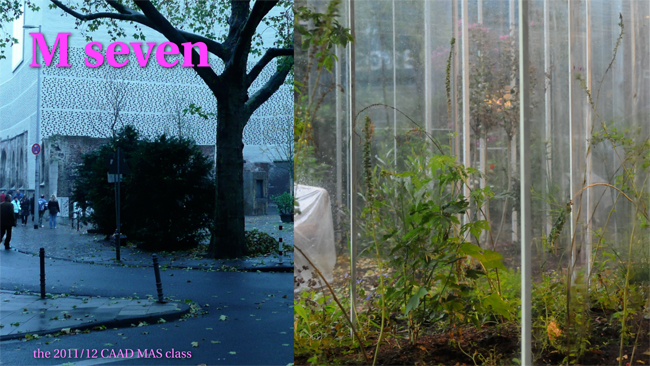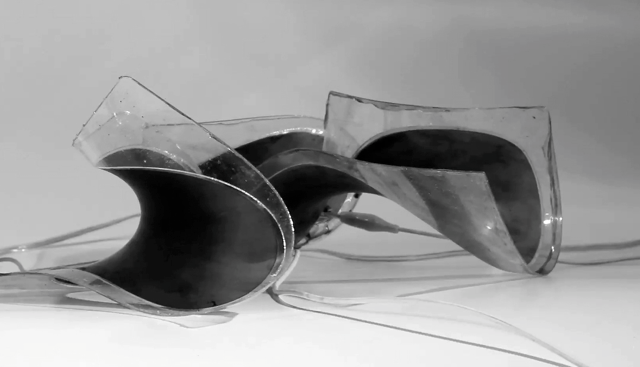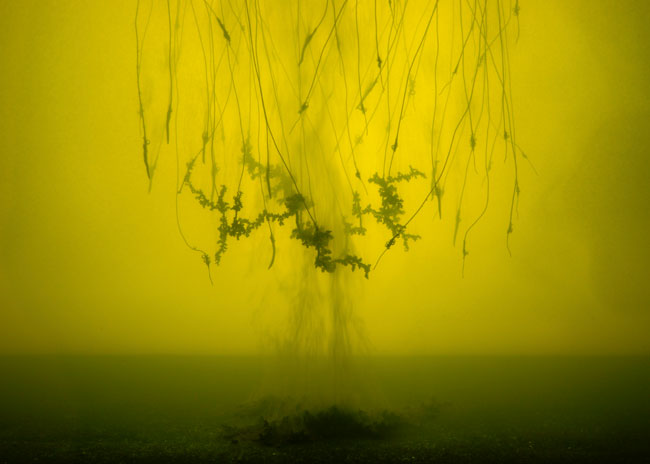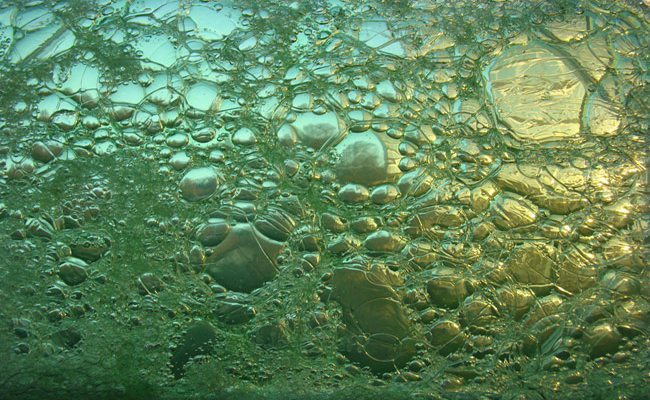
„Neither space nor number, nor even time, have the same significance for us that they had for the men [throughout history].“
(E.T. Bell 1937)
Artefacts mobilize spaces‘ and times‘ uniformity into an open scope and infinitesimal range of possible arrangements, foldings, compartimentability. With a non-romanticizing eye, we want to look at spaces of intense experience, under the following methodological assumptions: Grammar provides the possibility structure for what can be expressed in language. We will look specifically at two aspects: grammatical cases and articles. While the latter determine the definiteness or indexicality of nouns (a, this, none etc), cases provide the verbs with a voice (passive, active, medium), make possible subjects and objects of happenings distinguishable and relateable in a manner of ways (nominative, dative, instrumental, etc), and are capable of expressing circumstantial information as position or duration in space and time. In this module we will regard urban activities as verbs that engender cases, and we will regard artefacts as the specifying operators of such engendering. Continue reading →








